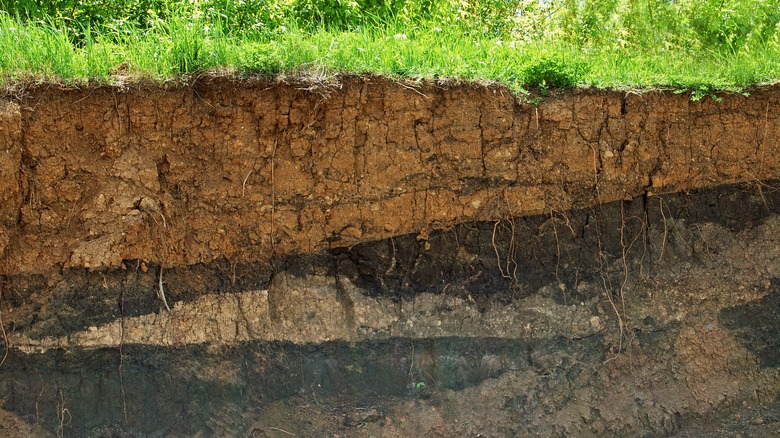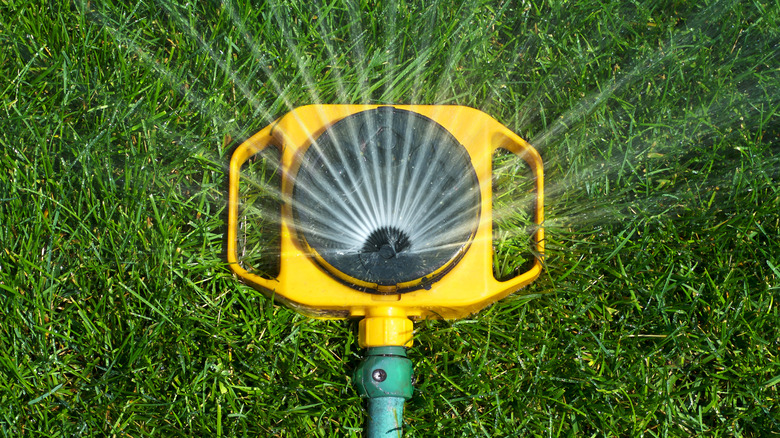Soil health is typically associated with vegetable gardening, but it matters for every type of plant, including the grass making up your lawn. You might ignore the soil under your lawn because “grass is just grass,” but if you want the most pristine lawn on the block, you must understand how to make your grass thrive. Happy grass needs sufficient water, so if you’re struggling with that, it’s time to dig into the soil, literally and metaphorically.
Your soil type will determine how much water to give your grass and how often. Heavy soil will hold lots of water, while light soil will drain quickly. You can dig up a small bit of soil in your lawn to look at what you’re dealing with so you can learn how to care for it. Once you have this powerful knowledge, you’re sure to win the neighborhood’s prettiest lawn award in no time.
How to identify different soil types

There are three main soil types you need to know: sandy, loamy, and clay. There are many DIY tests you can do to check the type of soil you have, but the simplest way is to feel it. Sandy soil is lightweight and drains easily. It thaws quickly in the spring and is often on the acidic side. It’s often mixed with clay but will have a gritty texture in your hands, and you likely won’t be able to form it into a ball.
Clay soil is made up of small particles that stick together, so it should easily form a ball in your hands. A tell-tale sign that you have clay soil is if it forms cracks when it dries out. This soil is heavy, and plant roots often have trouble growing through it. It often needs to be amended with sand or compost to make it liveable for plants.
Loamy soil is a healthy mix of sand, clay, and silt, and it can lean towards one of those types while still being loamy. The soil drains easily while retaining moisture, and roots can easily grow through it. This is the ideal soil for most plants because it’s usually super fertile and mixes well with compost. It can form into a ball when wet but will easily crumble.
How to water your soil type

Once you know your soil type, you can begin to water your lawn properly. Each soil type has its own requirements since they each hold different amounts of water. Heavy clay soils drain slowly and don’t need to be watered as often. You can water them once per week with one inch of water, and they should be good until next week. Of course, some factors can change this rule, like drought periods or newly planted grass seeds.
Sandy soils will need to be watered more often because they don’t retain water as well. Grass roots won’t be able to reach the water once it leaves the surface. However, you don’t need to use as much water each time since you have to water more frequently. Coarse sand needs 1/3 inch of water three times a week, while fine sandy soil needs a half inch twice each week.
Loamy soil can be more difficult to gauge since it can run sandy or clay-like. Heavy loam can follow the guidelines for clay soil, while lighter loam that contains sand can follow the sandy soil schedule. Since loam is a mix of different soil types, it will hold enough water that you likely won’t need to water three times per week unless in severe conditions or for new grass seeds.



